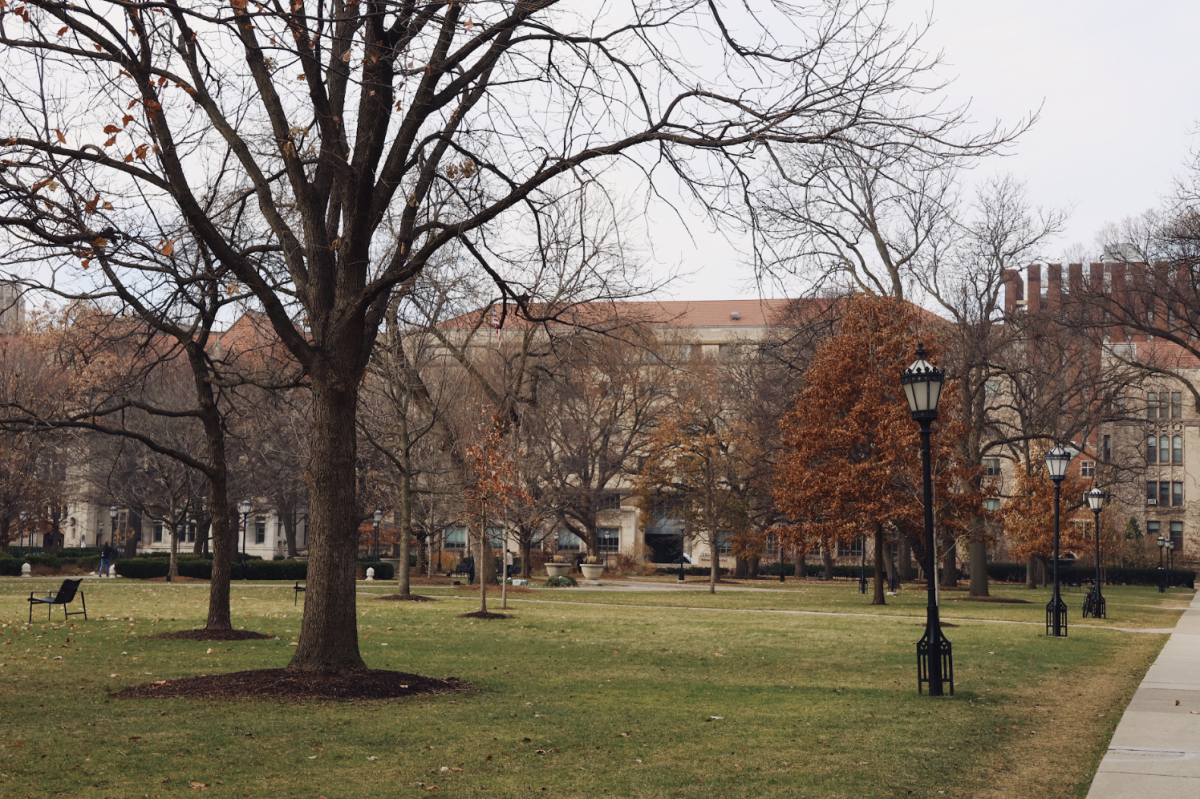A college student’s experience is full of all sorts of wonderful little ideals of learning, free thinking, nurturing hopes, and developing skills to help change the world. The popularity of youth service programs reinforces the commitment to those ideals. A new study on Teach For America—the two-year teaching program aimed at eliminating education inequality by sending its corps of young people to revitalize struggling schools across the nation—could challenge our expectations of the program. The study, “Assessing the Effects of Voluntary Youth Service: The Case of Teach For America,” written by Stanford professors Doug McAdam and Cynthia Brandt, shows that those who complete Teach For America are actually less active in areas of civic involvement, charitable giving, and even voting than those who dropped out of the program or declined their acceptance. At the University of Chicago, where Teach For America is the second-largest employer of graduating seniors, this may strike an unfortunate blow to the reality of our ideal.
Teach for America itself is not doing badly by any means. They’ve had record numbers of applicants for the past two years, with a 70 percent increase in applicants from 2006, and a very respectable applicant class at that. Eleven percent of all Ivy League graduates apply to Teach For America, and 14 percent of UChicago’s class of 2009 applied. Corps members can proudly boast a 3.6 average GPA, and 1344 average SAT score, and 89 percent of them held leadership positions at their universities. The top schools from which TFA draws most of its members are among the most elite in the country, including Cornell, Harvard, Yale, Georgetown, Columbia University, Northwestern, UPenn, Boston College, Brown, William and Mary, and Princeton.
The focus on achievement and the elitism of the institution, however, may in fact be a force against them. Compared to grades and commitment to leadership, commitment to public service among applicants is practically reversed. Only one in 10 members say they were interested in the teaching profession before joining TFA, and the incentives applicants receive to take part in the program place a real doubt on their commitment to teaching beyond the experience. Teach for America is eager to note its “partnerships with more than 200 graduate schools” that “offer a range of benefits for corps members and alumni,” as well employer partnerships with Accenture, GE, Goldman Sachs, Google, J.P. Morgan, and the consulting firm McKinsey & Company. Though reputable education institutions such as Edison Schools, KIPP, and Wellstone Action are also listed, there is an obvious imbalance in the set of partnerships that cannot be ignored in light of the imbalance of both applicant goals and alumni experiences.
“The confusing thing is why are these things offered if they really do want to do this so people will become committed to teaching,” says Billy O’Connell, a fourth-year Classics major in the college who applied to TFA, but was not accepted. There is a common, if unspoken, understanding that participation in the program provides a beneficial platform for future graduate, law, or med school plans, as well as lucrative career goals. Especially at UChicago, where our heavily academic tunnel vision seems to inevitably drive us towards graduate education, these kinds of benefits are especially pertinent. The program’s design likewise appeals to those looking to avoid the current difficult, and particularly terrifying, job market. Not only is the TFA experience highly respected among employers, it provides a convenient two-year paid solace before entering the real world. “I think, in comparison to other programs, it is much more elitist and some people, even if they don’t admit it to themselves, are going through with it because it gets you all these great connections,” O’Connell stated in a recent interview. “By putting all these extra corporate incentives out there, what they do is get people interested in the corporate incentives.”
Applicant disparities aside, the experience of teaching in some of the poorest and most struggling urban and rural schools in the country should abruptly wake anyone who accidentally stumbled into public service on their path to personal success. Unfortunately, Teach For America reports both a low retention rate of members after the two-year commitment, as well as significantly high levels of disillusionment with the education system. The Stanford study now shows these sentiments towards civic service run deeper than just education. Due in part to the types of individuals TFA recruits, corps teachers most likely have little to no experience teaching, let alone in difficult environments, and the first few months of teaching can be one of the most difficult and frustrating experiences for the individual. “It’s not that easy for anybody, and for an urban environment there are just a whole slew of different things you have to consider that those of us raised in an elite institution might not think about,” says Justin Huang, a fourth-year sociology major and member of the University’s Urban Teaching Education Program (UTEP).
UTEP, a two-year master’s program in education that focuses on urban education in Chicago, drastically differs from TFA, which provides only five weeks of summer training for teachers before dropping them, often alone and unsupported, into these extremely difficult environments. What results is a 61 percent retention rate for teachers after five years. Comparably, after the initial two years of training that gives graduates a master’s in education, UTEP teachers have cohort supervision and support for three years after they begin teaching. UTEP has a 95 percent retention rate for teachers after five years, and 91 percent are still teaching in Chicago. These high levels of commitment can be attributed to the significant training and support networks that Huang says are necessary to teach effectively in urban schools.
“The idea that like, I can train people for rural schools and urban schools, and urban schools anywhere, is a little misleading because every city has its own problems, every city has its own history,” he continues, “We’re focused on Chicago specifically; that helps us stay committed to the cause, because we’re so well prepared for Chicago teaching….But I feel like TFA is a much bigger program with a much broader focus and you just lose a lot more.”
These losses do not outweigh the benefits of the Teach For America experience. Reading levels of students taught by a TFA member increase an average of 1.5 grade levels compared to their peers, and those members that do take advantage of the career benefits hold valuable positions to advocate for education through law, business, and public sectors, if not directly teaching themselves. It is equally difficult to criticize any public service, especially considering the amount of involvement and exposure TFA provides to students who would otherwise hesitate to make such a serious commitment.
The disillusionment, frustration, and decline in civic involvement reported by TFA alumni is, quite frankly, easily avoidable, and has no place in a program that otherwise could be the culmination of all our wonderful university ideals. The recruitment demands have built a reputable group of participants, but have also established a brand of elitism that sells its incentives to those who are willing to commit to teaching for the greater, more personal gains earned upon completion. Teach for America needs to shift the focus from achievement and academic merit towards the applicants’ true desire for and dedication to teaching and civic service on a great scale. They need to stop selling success and start sustaining it by fulfilling the meaning of the public service it seeks to achieve.
—Emily Kaiser is a fourth-year in the College majoring in sociology and an editorial board member.









